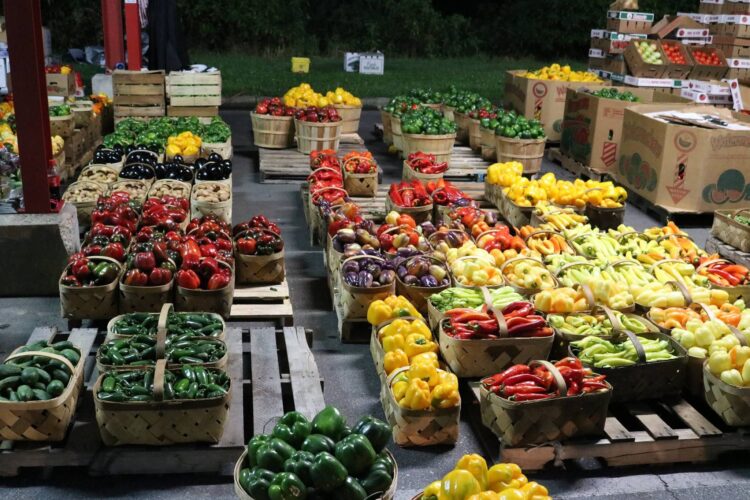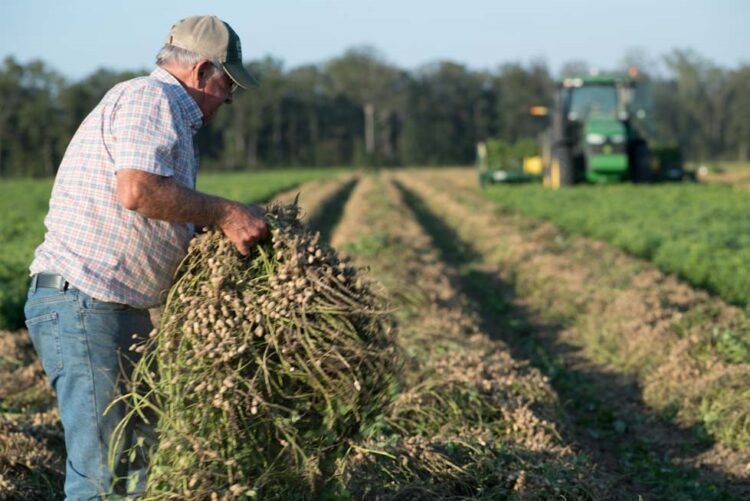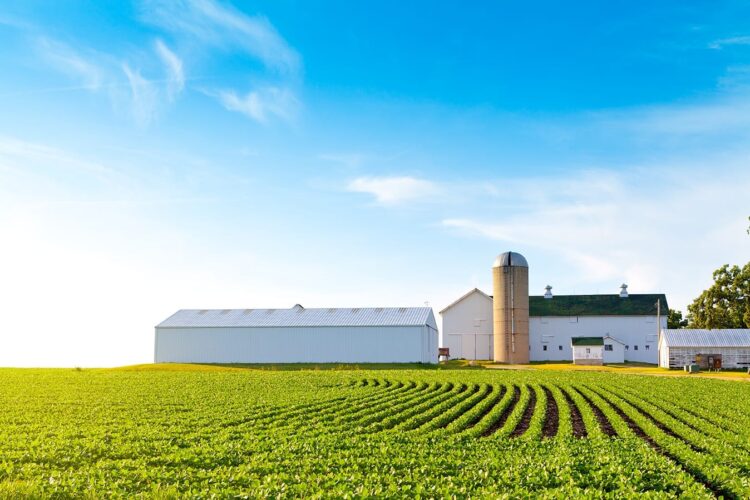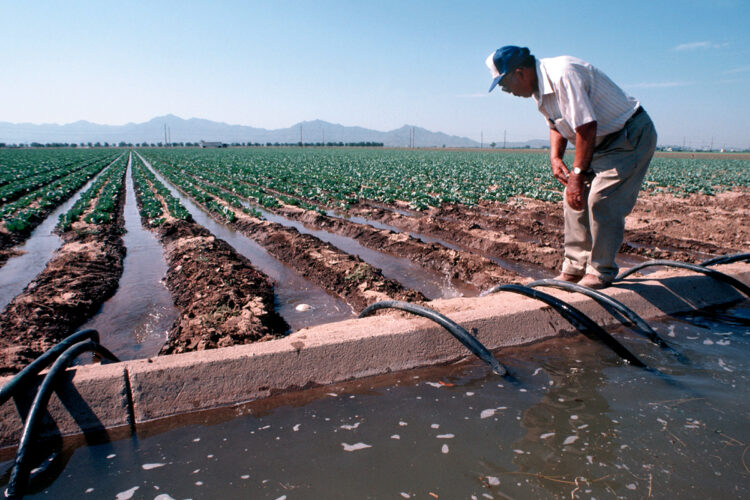The state of North Carolina has its fair share of diversity across its some 50,000 farms. The biggest sector of the agricultural industry in North Carolina by a long margin is poultry, including eggs, standing at $4.8 billion a year. The top 5 break down as follows:
- Poultry/eggs: $4.8 billion
- Hogs: $2.9 billion
- Soybeans: $800 million
- Tobacco: $733 million
- Corn: $657 million
As things stand, North Carolina is the largest producer of tobacco and sweet potatoes in the country, and it’s renowned for its harvesting of pork, nursery crops, fruits and vegetables, and soybeans.
There are, however, many challenges that farmers of these crops in North Carolina have to face on a daily basis, which we have laid out ahead.
Challenge 1: Transportation of Produce

With all of the varying items and their respective shelf lives, transporting produce brings its challenges as produce is considered sensitive freight. If any of the guidelines that have been put in place aren’t properly followed by shippers or trucking companies, then transporting fresh produce can start to become somewhat riskier. When transporting produce that’s intended to be consumed, there’s no room for movement on safety.
Appearance, unfortunately, is usually the main aspect that people consider when picking up their produce at the grocery store. Farmers face challenges in planning the transportation of produce to ensure a quality appearance and a good quality of freshness. Sometimes transportation requires creative approaches such as haletrailer.com to ensure timely shipment.
In 2017, the Food Modernization Safety Act (FMSA) was implemented which focuses on making sure that any product that needs to be transported is being maintained safely at all times. Under the FDA’s direction, the act places strict standards on any vehicles transporting food with a goal to prevent the food from becoming contaminated and causing illness. The following are the FMSA requirements:
- Produce must be kept at a safe temperature at all times.
- All vehicles transporting produce must be kept clean and must be able to be cleaned.
- Carriers are required to have been sufficiently trained.
- All documentation must be in order.
These guidelines represent a growing strain on farmers faced with increasing regulation and legislation — both state and federal.
Challenge 2: Labor Shortages

All crops have to ultimately be hand-harvested, and any machinery will need large numbers of employees to operate them. The vast majority of agricultural workers in North Carolina were born in Mexico, and as many as two-thirds of those agricultural workers are in the country with no legal documentation. Therefore, an overwhelming amount of the entire workforce is vulnerable to being deported at any moment.
In the past, some 25% of the agricultural labor force were fresh-faced young newcomers who were more than happy to relocate to wherever there were job openings. In today’s world, this has fallen to about 2%, with the workforce instead mainly filled out with more settled, older immigrants averaging around 40 years of age on American farms. As you can imagine with an average age of 40, many are no longer as physically capable when it comes to strenuous, even potentially dangerous, jobs such as climbing ladders while carrying heavy containers in order to pick fruit, or spending a whole day hunched over a strawberry bush. On top of this, many other farmworkers, immigrants or otherwise, are leaving the agricultural sector to find higher-paying jobs.
As if this wasn’t bad enough, many of the Mexican labor force are now electing to return back to Mexico. A study that the Pew Research Center recently undertook estimates that around 1 million Mexicans left the U.S. to return home between 2007 and 2016.
These labor shortages have left many farmers to prioritize which produce will be harvested, in many cases leaving food to rot for lack of hands to harvest it.
Challenge 3: Climate Change
When it comes to tackling climate change, improvements in technology that allow farmers to grow an increased amount of crops per acre may be the key. Despite significant breakthroughs in technology, however, research as still not yet been able to keep up the pace with weather-related losses. Helping farmers to keep up with the constantly changing, and increasingly extreme, weather conditions are going to be vital, however, if the agricultural industry of North Carolina is going to continue to grow with climate change.
According to Commissioner of Agriculture in North Carolina Steve Troxler, “Whether it be hurricanes, tornadoes or the extreme drought we’ve seen in recent years in North Carolina, weather significantly ramps up the risks and the pressure on farmers. Finding ways to decrease economic risks to farmers and improving the productivity of producing crops and livestock go hand in hand with helping farmers feed the world in the future.”
Challenge 4: Farm Estate Planning

Another challenge facing farmers in North Carolina is their ability to pass their farm onto future generations due to the financial, legal, and emotional difficulties. The U.S. Department of Agriculture found that in 2008 the average age of farmers in North Carolina was 57, which obviously is not too far off from retirement. For many, generational transfer is key to preserving farmland, and while there are conservation easements that restrict the ability to subdivide or develop a property, this does not guarantee that the land will continue to be farmed upon.
Challenge 5: Water Concerns

Recently, many have begun to voice their concerns with regard to the ability of the North Carolina agriculture industry to meet water quality regulations. This includes the nutrient management strategies that have been introduced in the Falls Lake, Jordan Lake, Neuse, and Tar-Pamlico watersheds. One of the biggest challenges in these watersheds is the relationship between agriculture and North Carolina’s Ecosystem Enhancement Program (EEP). Watershed improvement and protection projects are implemented by the EEP with the goal of offsetting any negative environmental impacts of economic and new transportation development.
Another concern was that of sufficient availability in the future of water for farming. The North Carolina Division of Water Quality has noted that they have a program ready to be deployed that can aid farmers in managing how much water they use, although said program is yet to be funded.
 Hi Boox Popular Magazine 2024
Hi Boox Popular Magazine 2024



